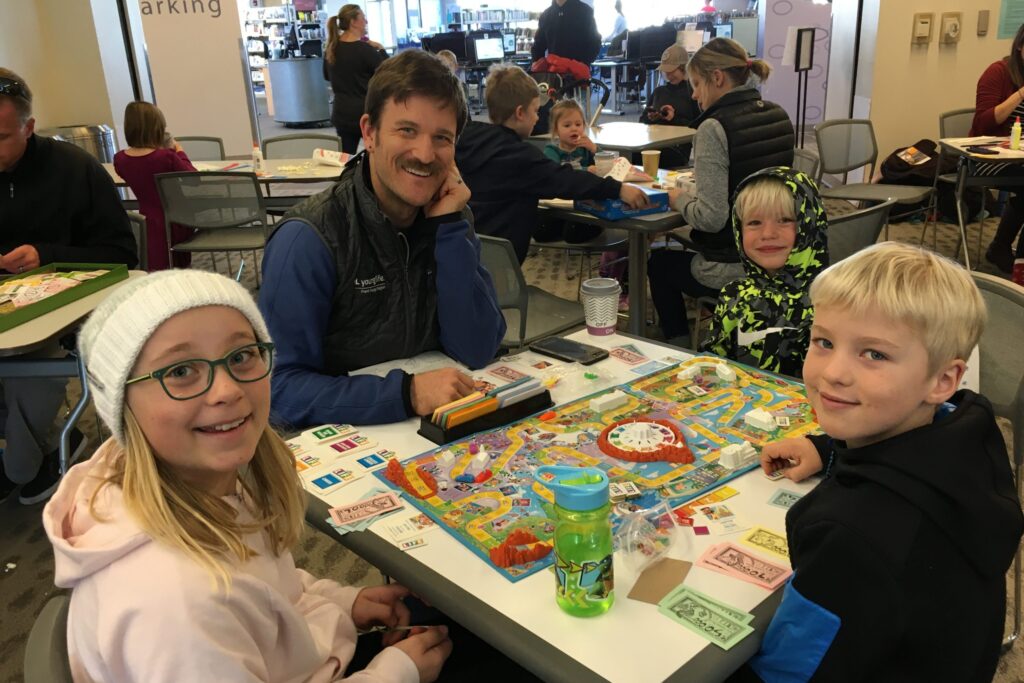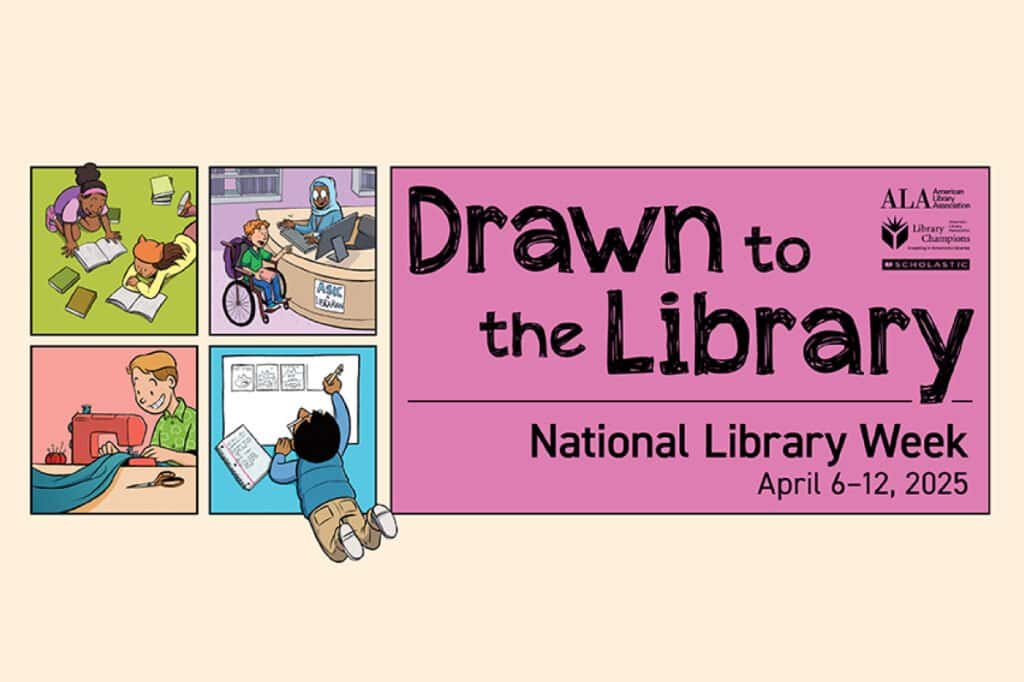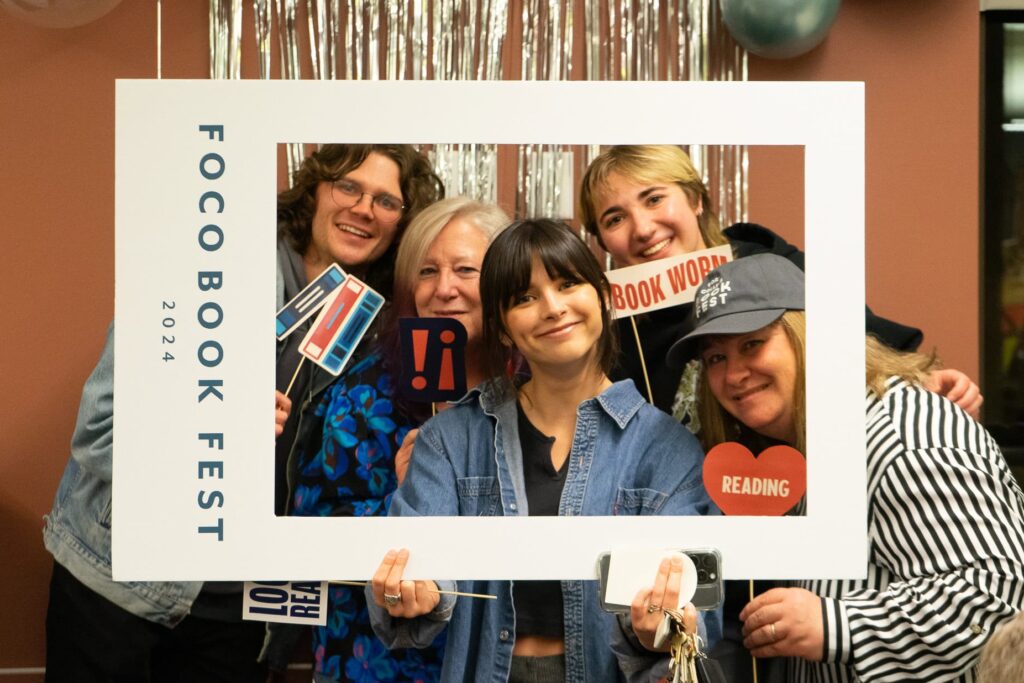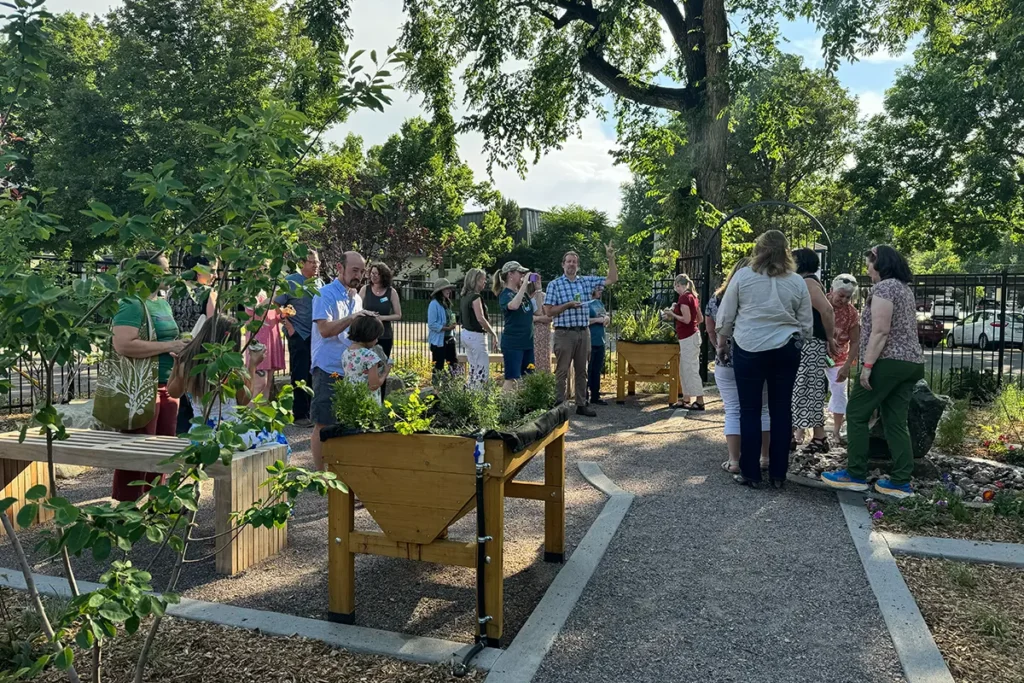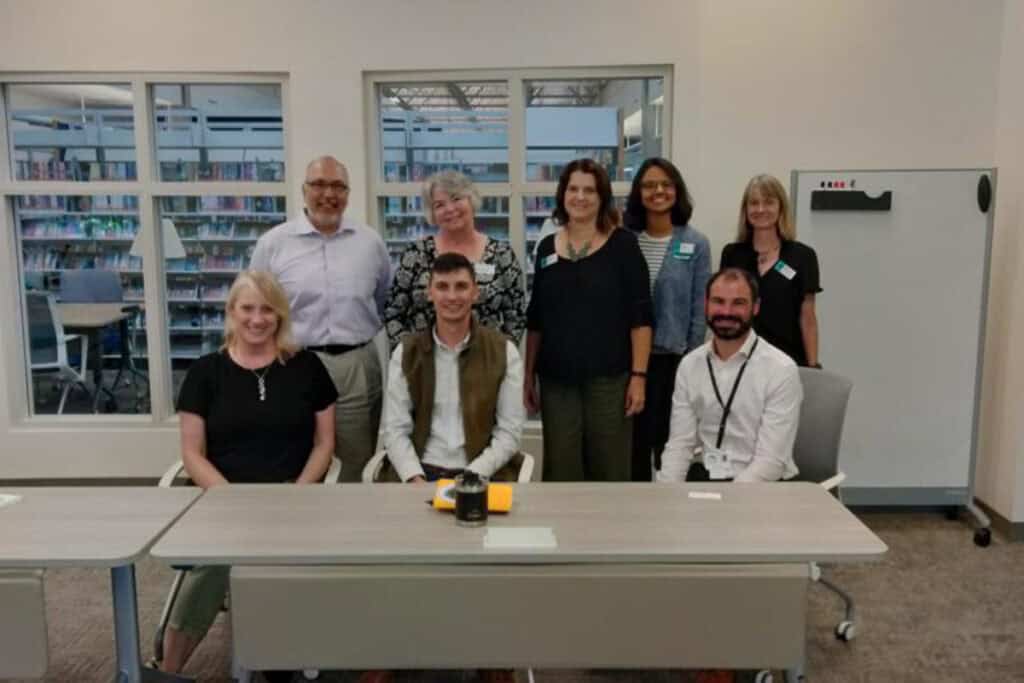
By Annaclaire Crumpton
Death is trapped in an eternal dance with Life. The dance is defined by its time on center stage and its uncertainty; this dance is not a timed waltz but a random collection of steps, spins, dips, and twirls.
Sometimes the two dance for less than a day, other times they move across the dance floor for over a century. We never know when the dance will end – counting our precious days on Earth. The annual Mexican and Latin American celebration of Día de Muertos recognizes this dance each year when family and community members gather to celebrate the life of deceased loved ones.
Día de Muertos is celebrated internationally and millions of people gather to honor and celebrate the lives of their deceased loved ones. The holiday takes place November 1 and 2 each year.
The origins of the celebration are traced to Mesoamerican groups, such as the Aztecs and Mexica who previously held celebrations of their deceased loved ones in the summertime; following Spanish colonization, the timing of the celebration shifted to later in the year to correlate with “All Saint’s Eve.”
Today, Día de Muertos is a combination of Aztec and Judeo-Christian influence. This combination or “syncretism” exists because of the desire of the Indigenous people to preserve their important long-held practices in the face of undue transformation under colonization.
The Northern Colorado community, organizations, and Poudre Libraries have celebrated Día de Muertos for over a decade. Each annual celebration is planned with a concerted effort to organize an inclusive and authentic cultural celebration.
Celebrating Hispanic and Latinx Heritage Month with a Paper Mâché Master
As part of Hispanic and Latinx Heritage Month (October) leading up to Día de Muertos, the Library District also creates programming centered around Hispanic and Latinx culture. Programs are open to any community member.
That’s how I found myself firing up my Zoom App every Tuesday for the last five weeks, tuning into a creative cultural class by Poudre Libraries. Mexican artist Ana Patricia López Moreno Zoomed in from Puebla, Mexico where she runs an art school. She led a class of about 14 community members in making Mexican cartonería skulls, a type of Mexican art technique utilizing paper mâché.
This particular program (organized by the Community Outreach team) gave community members the opportunity to either engage in an art project intertwined with their own culture or, offered the chance for participants to learn more about Hispanic and Latinx culture through art and exposure. Moreno explained the instructions in Spanish while the translator seamlessly and simultaneously provided translation in English.
For this class, we used newspaper and traditional glue – a paste with impressive longevity (5+ weeks) made out of flour, water, sugar, and vinegar. Other items included tape, balloons (to shape the head), cereal boxes (to shape the body), and paints to decorate the final product.



I consider myself artistic, bound by the creative fostering of a mother who’s an elementary school teacher, though by no means am I a paper mâché expert. This became abundantly clear as Moreno led participants through step-by-step instructions to create a cartonería skull and accompanying body.
Moreno had us frantically tearing paper, dipping our fingers in glue, and keeping up with her in a way that somehow by the end of Session #2, we went from a balloon covered in ripped pieces of paper to a sphere that resembled a human skull.
By the end of Session #5, the conclusion of the workshop, we amicably called our teacher Patty and felt we had mastered the art of tearing the Denver Post Sports section into appropriately sized pieces.
Most importantly, we had produced two beautiful and radically different pieces representative of our own personal color palettes and artistic inclinations: mine was brightly colored with traditional decoration, my partner’s kept to a dark color scheme with a Colorado Avalanche Hockey Team tribute.
Community Connection
Throughout the workshop, Patty educated us on the craft of cartonería, its history, and its vital role in Mexican art and Día de Muertos. Cartonería is not limited to the creation of skulls for Día de Muertos but covers any object, animal, or extravagant display created in the medium.
In anticipation of Día de Muertos across Mexico, artists, creatives and other community members focus their energy on creating cartonería sculptures for altars. Individual Día de Muertos altars honor loved ones through complex displays compromised of items that carry deep meaning and symbolism.



As members of the Northern Colorado community, engaged in learning more about Hispanic and Latinx culture, we are incredibly grateful to have taken part in an educational program that enlightened us on elements of culture and an important celebration that has taken place for hundreds of years.
We are grateful for the willingness of others to share an art-form that is historically woven into Mexican culture and the celebration of Día de Muertos.
We are most grateful to community members, artists like Patricia Moreno, and programs at the Library that open doors to cultural education and foster community interconnectedness.
The Library’s Día de Muertos celebration will take place at the Gardens on Spring Creek on Saturday, November 6, 2021, from 3 – 5 PM. Learn more about Día de Muertos and the community celebrations at the Día De Muertos website.
